Ground Attack Standard Level - 40
Ship Attack Introductory - 3
Ship Attack Standard Level - 20
Mission scale Scenarios - 6
Once again, for those keeping track, that is 240 scenarios to play through. The Scenario Booklet itself is in black and white with a few pictures of planes throughout. The book is so large it actually has a normal book spine to it. At the back of the book is a few pages of designer notes and play tips. The information in it is incredible, and that is over and above the actual amount of scenarios in it.
The Rules Book, as they call it, is so large that it has a three page index. These are a few sentences from the beginning of the Rules Book, and they are worth printing:
"Read the basic Rules of each chapter first. Skip any advanced Rules and continue reading until instructed to play a solitaire 'Training Scenario'. When finished, return to where you left off and continue until you complete all Training Scenarios."
"Be Patient, Have Fun! Do not expect to learn everything in a single sitting. Take your time. This is a game, so enjoy yourself as you strive to master the techniques and tactics of World War II aerial combat. Good Luck and good hunting!"
Even before you take to the skies in Training Scenario I you will learn about the following:
Counter Positions
Counter stacking Limits
Aircraft Collisions
Aircraft Movement
Fractional Value Table
Stalled Flight Procedure
Spin Procedure
Slatted Wings Effects
Wing Flap Effects
Along with more than just a few more rules and information needed to take to the skies, the first Training Scenario has you flying both a MIG-3 and a Bf 109E-7U1. The Bf 109's moves are written out in the book, and your aim is to try to get and keep the MIG-3's gun arc trained on the Bf 109. The Rules Book is in black and white, but it does have a good number of play examples in it. By the end of the Rules Book you will be level bombing, firing rockets, and also taking on enemy Naval assets. It seems like the size of the Rules Book would overwhelm you, but just take the designer's advice and "Be Patient, Have Fun!' to heart. You will be going back to the book a lot to make sure you have everything right the first time you fly or try something new. After that, I promise it should become second nature to you. This game comes with the 3rd Edition Rules Set, by the way.
The Play Aids Booklet is filled with table upon table, and also play examples to help you fight your way in the clouds. The two Rules Supplement Booklets are even more helpful for a fledgling pilot. Their play examples are also in 3D so that you can more easily visualize your aircraft and the enemies in a 3D world.
The Aircraft and Ship Data Card Book is exactly as it sounds. It is filled with the data the player needs to be able to fly his aircraft in a historical manner. Each plane, or different plane type, is given its own full page write up of its performance, firepower, and power/speed charts etc. The booklet also has the various ships', from battleship to sub chaser, information.
The counters are small, but because there is nothing that needs to be read on them (all the information is on the data cards) their size is not a handicap to the player. On them are top down illustrations of each plane in question. For someone who has read a lot or played flight simulations the aircraft are easily discernable from each other. The various ground assets that you will try and destroy are also well represented on the counters. The tanks and some other counters do have information printed on them along with the top down view. They are a little small, but even I can read them, so that counts for something.
The maps are extremely well done. They represent city, field, and also water on their four sides. The color is a bit muted and is mostly of a green and brown mixture. The size of them allows the players to have more than enough room to fight in any style. You can 'Boom and Zoom'; you are not forced to fight turning battles.
This is the Sequence of Play, Combat scale:
Initiative Phase - Initiative Rolls
Tailing Friendly of Enemy Aircraft
Sighting & Blind Arcs
Movement Phase
Combat Phase Action Steps
Breaking Off From Combat
This is a rule heavy game so to help you with different aspects there are a number of Logs in the Game Rules Book that can be copied. These are:
FW OP-Scale Mission Logs
Simple Movement A/C Flight Log
Ship Damage and Move Log
FW A/C Flight Log Sheet
For anyone who questions the price tag put on the game, I believe the above statements should clear that up. Yes, it is worth it, and we haven't even discussed the gameplay itself. As with any Clash of Arms Games that I have purchased, the proof is in the detail and artwork of the components. You will find that here, along with a massive amount of player information etc. No wonder the game took so long to actually get to the printer.
As I mentioned in another review, I was a late comer to the various 2D games that covered air war. I never really understood how a designer could give you the feeling of 3D flight in a 2D world. I am now totally convinced that I have cheated myself out of a lot of excellent game time by thinking that way. The designer of this series not only portrays it, but he takes you by the hand and only spoon feeds you what you will need at that moment to start to understand the system. I will say one thing, and that is that this system will only be worth it to someone who wants to take the time to learn it. You cannot, as a newbie, just set up the game and take to the skies to start shooting things down. Actually, I take that back. You could learn about just that part of the system in a short period, but you would be cheating yourself out of the whole ensemble of flight that COA has given you. So how is the game? C'est magnifique!. For an aviation junkie like myself it is an excellent experience in gaming. As far as its depth, if you can learn the intricacies of some Napoleonic games and tactical ground games of the Eastern Front you can learn this system. I am actively looking to get my hands on a copy of 'Whistling Death' to start enlarging my library of the Fighting Wings games.
Thank you Clash of Arms Games for letting me review, once again, another excellent product. I have had a blast taking it through its paces. Please keep up the excellent work. For those of us Grognards who only know you by your Napoleonic games, take some time and peruse the rest of their games.
Clash of Arms Games:
https://www.clashofarms.com/
Clash of Arms Games Wings of the Motherland:
https://www.clashofarms.com/WingoftheMotherland.html
I couldn't resist adding this one:
https://www.clashofarms.com/LaBatLigny.html
Robert














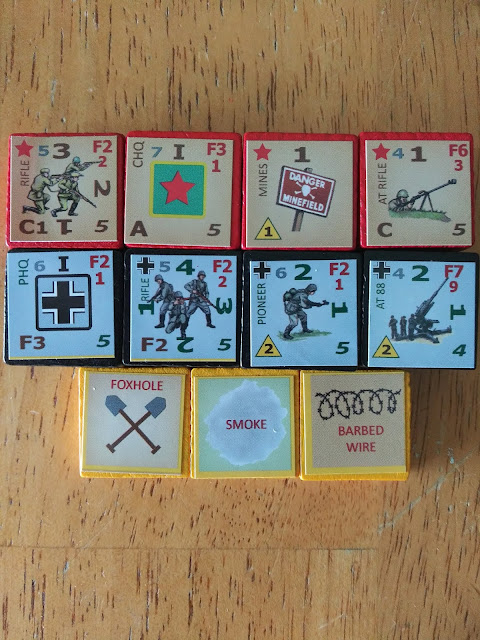







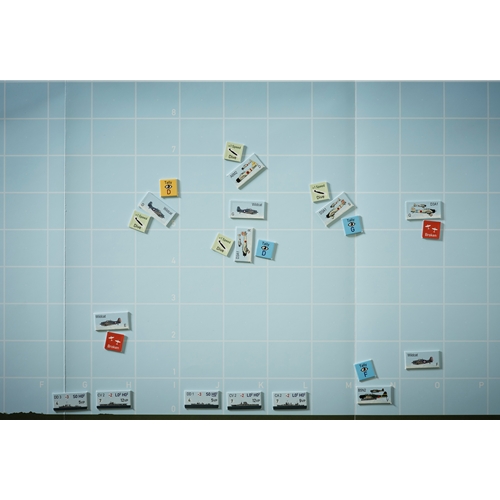





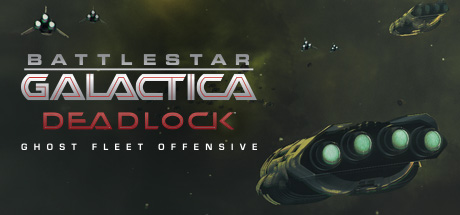
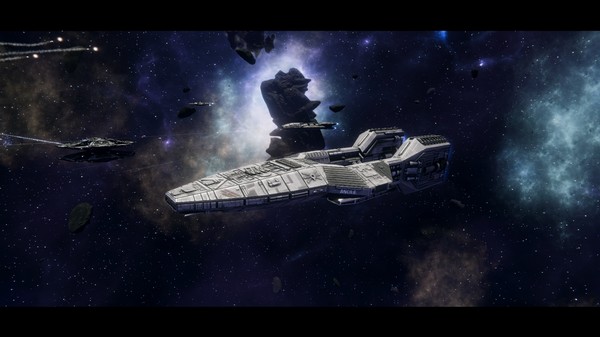
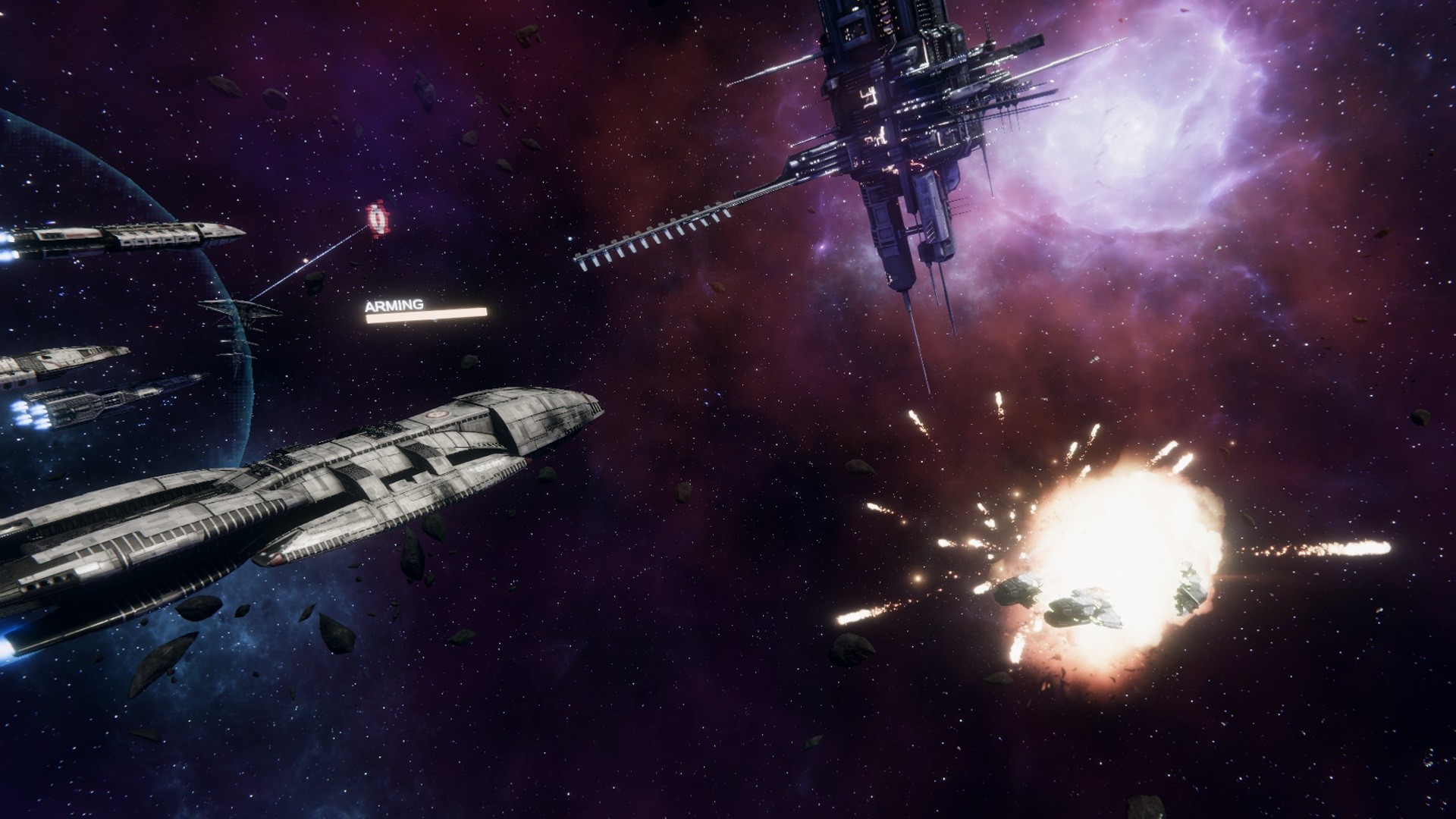
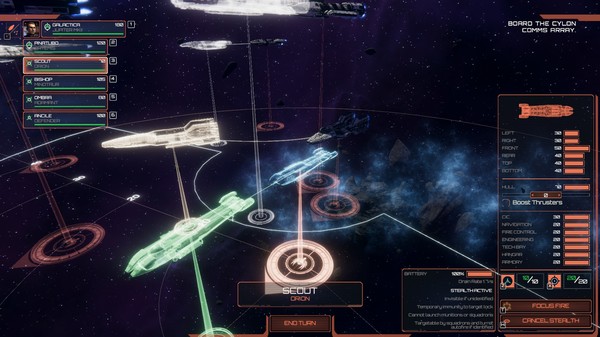













Follow Us